- Call us: 01444 237070
- Contact Us
- Stores
- Sign In / Register
-
- Back
- Used Cameras
- Used Accessories
- Used Lenses
- Used Video
- Used Film Equipment
- Used Stock Alert
- Used Blank Test
- Sell or Part Exchange
- Used Clearance
- Recently Added Used Equipment
- Park Picks
- All Used Black Friday Deals
- Faulty
- Trade-In
- Blog
- New in
- Call us
- Contact us
- Stores
- Sign in
- Categories
- Tips & Inspiration
- Reviews
- News
- Events
- Features
- Buying Guides
- Competitions
Sigma 17-40mm f/1.8 DC Art First Look Review
The Sigma 17-40mm f/1.8 DC is the very first Art series lens designed specifically for APS-C format mirrorless cameras. Until now, every mirrorless lens in the Art line-up is for full-frame sensors, with some prime Contemporary models and a handful of older DSLR-based APS-C lenses reworked for mirrorless via HSM conversions.
This marks a new era, with a clean slate, which is based on the well-known 18-35mm f/1.8 Art. The newer model features Sigma’s brand-new optical design, in a zoom lens that is made from the ground up for compact mirrorless bodies.
Our Sigma 17-40mm f/1.8 DC Art first look review explores this launch, as Sigma begins a new chapter for its flagship Art series. Rather than adapting existing full-frame optics, the 17-40mm f/1.8 is purpose made for APS-C, offering a very fast constant aperture from a portable, lightweight design.
It fills a gap in the market for a large-aperture wide to standard zoom that is compact enough for crop-format bodies, while still delivering high sharpness and creative control over low light and depth of field.
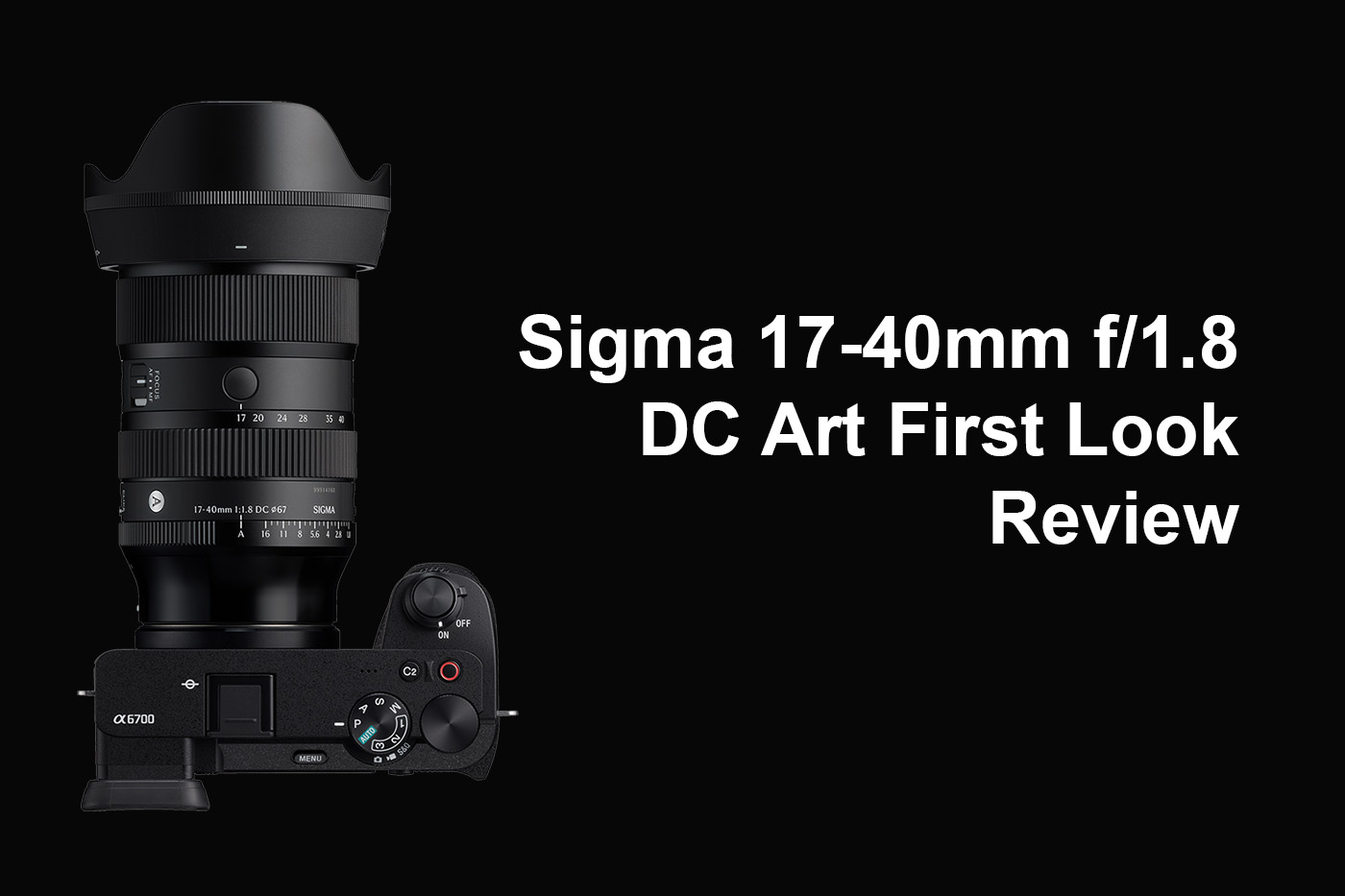
So without further ado let’s get stuck in with the available mounts, pricing and key specs.
Mount options and UK price
The Sigma 17-40mm f/1.8 DC Art Lens was announced on 17th June 2025, and is available in four mounts:
- 17-40mm f/1.8 DC Art Sony E-Mount
- 17-40mm f/1.8 DC Art L-Mount
- 17-40mm f/1.8 DC Art Canon RF Mount
- 17-40mm f/1.8 DC Art Fujifilm X-Mount
Each costs £779.00, which is very good value, especially compared to Sigma’s full-frame zoom lenses. For comparison, the 24-70mm f/2.8 DG DN II Art Lens for Sony E costs £1,179.00, while the 28-45mm f/1.8 DG DN Art Lens is £1,299.00.
Considering this is a constant f/1.8 aperture zoom, specifically created for APS-C mirrorless cameras, it’s a great price point that will no doubt appeal to photographers and filmmakers looking to capture more shallow depth of field images, or shoot more handheld in low-light.

Sample 01 Etsuko Aimu
Key features and specs
Here’s a quick rundown of the key features that set the Sigma 17-40mm f/1.8 DC DN apart, starting with its bright f/1.8 aperture, which is impressive for any zoom lens.
- Constant f/1.8 aperture throughout the zoom range
- 25.5-60mm full-frame equivalent zoom range
- Designed specifically for APS-C mirrorless systems
- Internal zoom mechanism for stable handling and gimbal use
- Optimised for hybrid use with low focus breathing
- Manual aperture ring with click/de-click and lock switch
- 67mm front filter thread for easier compatibility
- Compact and lightweight at 535g
- Weather-sealed construction for outdoor use
- High optical resolution with minimal aberration, distortion and flare
- Based on the well-known 18-35mm f/1.8 Art HSM lens for DSLR
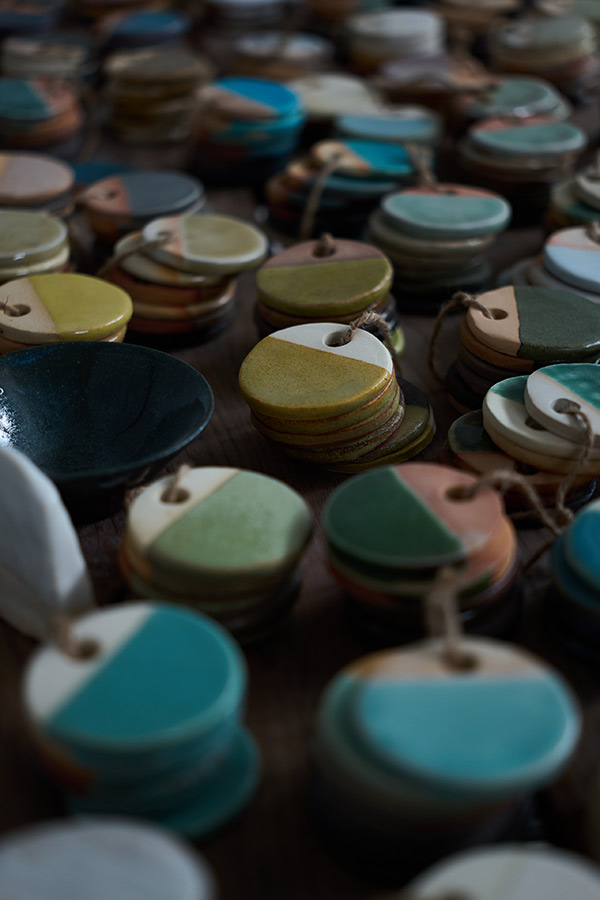
Sample 02 Naoki Miyashita
Image Quality
Despite its compact size the Sigma 17-40mm f/1.8 DC lens packs an advanced optical formula, with 17 elements in 15 groups, which Sigma states rivals image quality from prime lenses. Optics include four Special Low Dispersion (SLD) elements to minimise chromatic aberration and improve sharpness across the frame, plus four aspherical elements that help to control distortion and maintain clarity, especially at the wide end of the zoom.
Sigma’s own Super Multi-Layer Coating is also valuable, suppressing flare and ghosting, and improving contrast and colour accuracy when shooting backlit scenes or high-contrast shots.
It is also well worth noting that the large f/1.8 constant aperture includes an 11-blade rounded diaphragm, which renders smooth, natural-looking bokeh throughout the zoom range. The lens is also able to capture out-of-focus areas with pleasing softness and gentle falloff from the subject, as well as showing fewer background distractions.
Sharpness holds up well even at wide apertures, and the 17-40mm f/1.8 DC is suitable for anything from portraits and interiors to handheld video. Let’s see what else can you capture with this compact zoom next.
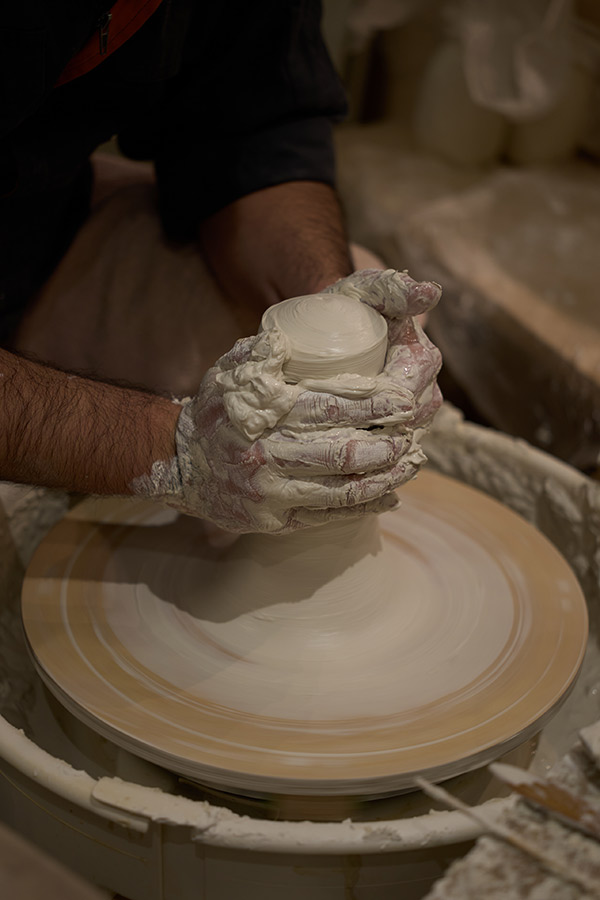
Sample 03 Naoki Miyashita
What is the Sigma 17-40mm f/1.8 good for?
On APS-C cameras the Sigma 17-40mm f/1.8 delivers a 25.5-60mm full-frame equivalent field of view, covering several classic focal widths, from wide-angle to standard. This effectively replaces a trio of fast primes, with something like a 24mm, 35mm, and 50mm in one zoom lens, so you don’t need to change between shots or scenes, while still getting a very bright aperture.
At the wide end, it’s ideal for subjects such as landscapes, architecture and interiors, or even wide environmental portraits. In the middle of the zoom range, it’s a great lens for street photography, everyday snaps, and events like weddings or family get-togethers, while the longer end covers portraiture and subject-driven images, such as food, products or headshots.
Thanks to the constant f/1.8 aperture the lens performs really well in low light too, together with a shallow depth of field and pleasing background blur when you need it at longer focal lengths. The appeal here isn’t just the versatility of a zoom, it’s also that you get this range with a bright aperture without losing image quality, which can often be the case.

Sample 04 Naoki Miyashita
Autofocus and Video Performance
Modern lenses need to be really fast, in order to keep up with camera manufacturers AI-driven subject detection and tracking autofocus. To meet these demands the 17-40mm f/1.8 shares an autofocus motor with Sigma’s flagship lenses like the 24-70mm f/2.8 DG DN II Art and 50mm f/1.4 DG DN Art.
This is the HLA (High-response Linear Actuator) motor, which delivers quick, precise and near-silent focusing for both stills and video. The motor ensures that focus acquisition feels almost immediate, with confident subject tracking even when working wide open at f/1.8. The near-silent operation is especially useful for filmmakers, as there’s virtually no audible motor noise being picked up during video recording.
Speaking of video, Sigma has given the 17-40mm a number of video-friendly tools, catering to hybrid creators. These include a de-clickable aperture ring for smooth exposure transitions, internal zooming to maintain balance when mounted on gimbals, and low focus breathing for more natural focus pulls.
Combined with the lens’ lightweight design, these features make the 17-40mm f/1.8 a compelling option for hybrid creators, especially those who capture run-and-gun content.
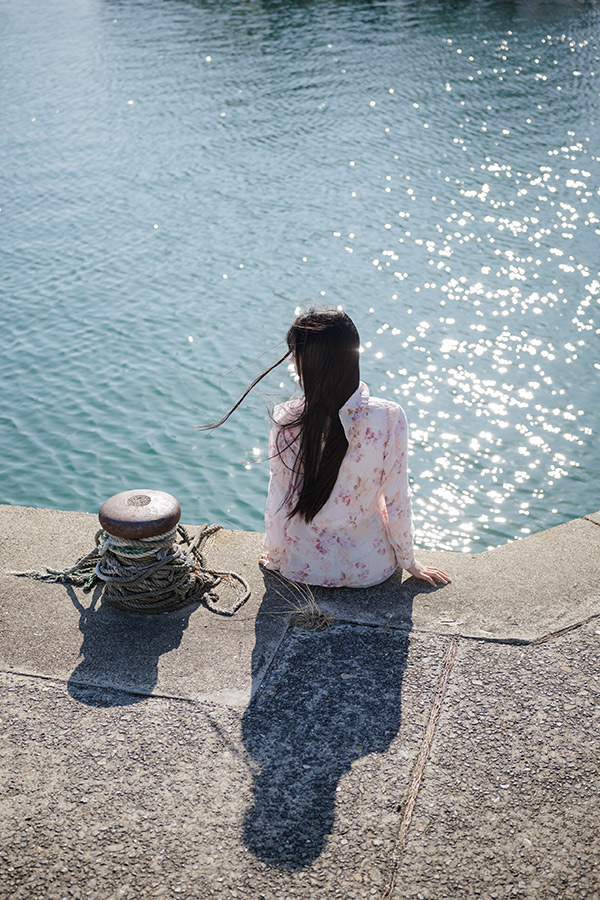
Sample 05 Etsuko Aimu
Controls and Build Quality
At just 535g the 17-40mm feels nicely solid without being overly heavy. It’s easy to carry but doesn’t come across as lightweight in the wrong way. You can feel confident that this lens is suitable for outdoor shooting thanks to Art-level weather-sealing, which protects against dust and splashes if the weather turns.
Controls are also comprehensive, with the aforementioned aperture, de-click, lock and two customisable AFL buttons. There’s also a physical switch to toggle between AF and MF, which is appreciated.
On L-Mount bodies, users get the added benefit of being able to customise the focus ring’s response, choosing between linear and non-linear depending on how they want manual focus to behave. It’s compatible with the Sigma USB Dock UD-11 too (available separately), which allows users to update firmware and customise some settings.
Altogether, this lens is professional feeling, with plenty of barrel controls, responsive focusing, and optics housed in a build that should hold up to regular, demanding use.

Sample 06 Etsuko Aimu
The Sigma 17-40mm f/1.8 Art is Sigma’s first purpose made mirrorless Art lens for APS-C cameras. With a constant f/1.8 aperture, excellent sharpness, and useful video features, it delivers the kind of performance which is more common for full-frame glass, but in a more compact, lightweight format.
Autofocus is quick and reliable, with an AF motor which is the same as Sigma’s most premium full-frame Art lenses, and video creators benefit from features like de-clickable aperture, low focus breathing, and a constant balance.
All in all this is a vert versatile option for hybrid creators of all levels who want a fast zoom without the weight or cost of full-frame systems. Order your Sigma 17-40mm f/1.8 Art lens today and experience what Sigma can do for APS-C.
Share this post:
By Nick Dautlich on 17/06/2025
Nick Dautlich
Senior Content Writer and Product Reviewer
Nick Dautlich is the Senior Content Writer and Product Reviewer at Park Cameras, with over 15 years of photography experience. A Sony Imaging Professional and expert reviewer, Nick has worked with major brands such as Canon, Sony and Nikon. His work is also featured on Vanguard World UK’s website, Capture Landscapes, and Shutter Evolve. Nick’s photography includes National Trust projects and magazine covers and he is passionate about landscapes and storytelling. Nick also enjoys hiking and teaching his children about nature. Learn more on his profile page.
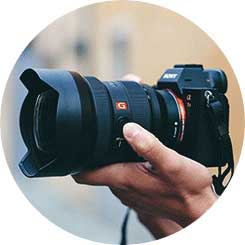
Trade in your old equipment
Fast and easy trade in service ensures your old gear is collected efficiently and you are paid quickly! It's very simple to trade in your unwanted photography gear. Just head over to our dedicated Sell or Part Exchange page, fill out the details, and we'll get back to you with an offer for your old gear. Take the cash, or put it towards the cost of your new gear. It's up to you! Find out more
sign up to the newsletter
Keep up to date on the latest photography news, events and offers. Sign up now